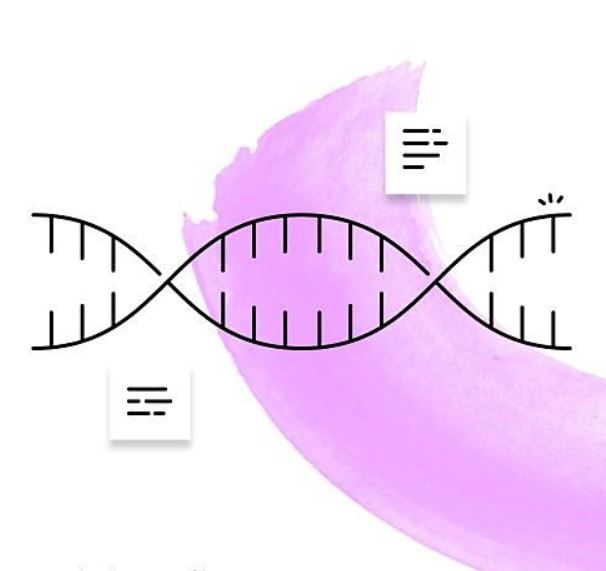
The Theory of Family Relativity™ is a revolutionary MyHeritage feature that takes all the effort out of working out how you’re related to your DNA Matches. Simply visit your DNA Matches page, and any theories about how you might be related to a given match will be right there waiting for you.
The feature is powered by an advanced algorithm that analyzes all the information available on MyHeritage, including family tree information and data from historical records, and processes it to produce plausible theories on your DNA Match relationships. What’s important to understand is that this is not an automatic process: MyHeritage runs the algorithm periodically to update the Theories according to the most current information.
New information is being added to MyHeritage all the time. Each day, countless new profiles are added to existing family trees and new trees are being built. In addition, MyHeritage has been adding millions of new record collections every month. With all this new data, it’s very likely that new Theories of Family Relativity™ will be available to you with each update.
That’s why every update to the Theory of Family Relativity™ is exciting news — and it’s why you should check back periodically to see if any new ones have cropped up since the last time you looked.
How to find out if you have new Theories of Family Relativity™
Every time MyHeritage runs a new update to the Theory of Family Relativity™ feature, there will be an announcement on the MyHeritage blog and social media accounts. So be sure to stay on top of the blog and follow MyHeritage on Facebook, Twitter, and Instagram!
You can also find out by taking a peek at your DNA Matches page. When there’s been an update, a banner will appear at the top of the page letting you know that new theories have been calculated. You can click the “View theories” button to filter all your matches and display only the ones that have a theory. Any new theories that have been calculated in the past 30 days will be indicated by a “NEW” badge.
The banner and badges will only appear for a few weeks, so be sure to check in every few weeks at least so you don’t miss them.
Click here to learn more about the Theory of Family Relativity™ feature and how it works.
What if I don’t have any new theories?
It’s very likely that you’ll have at least a few new theories, but if you don’t, or if you’re still stumped about the identity of a particular DNA Match, all is not lost. MyHeritage offers additional tools that can help you narrow down the possibilities and figure out how you might be related.
AutoClusters, for example, organizes your matches into clusters of relatives whose DNA matches both yours and each other’s. This makes it easy for you to see which DNA Matches are related to whom. For example, if your mystery match appears in a cluster with a cousin from your mother’s side, that means your shared ancestor is likely on that side of the family.
Click here to learn more about using AutoClusters for DNA Matches.
Another tool you can use is the Chromosome Browser. This tool allows you to compare your DNA with that of your matches and locate the specific sequences of shared DNA. This way, you can identify specific sequences that were inherited from a particular ancestor, and when you find a DNA Match who shares that sequence, you’ll know that that ancestor is likely the one you share.
Click here to learn more about using the Chromosome Browser for genealogy.
You can also find important hints by reviewing the DNA Match and taking note of your Shared DNA Matches. As with AutoClusters above, this can show you which of your known DNA Matches the mystery DNA Match is related to, and that can help you understand who your common ancestor is likely to be.
Click here to learn some more advanced tips on reviewing and organizing your DNA Matches.


